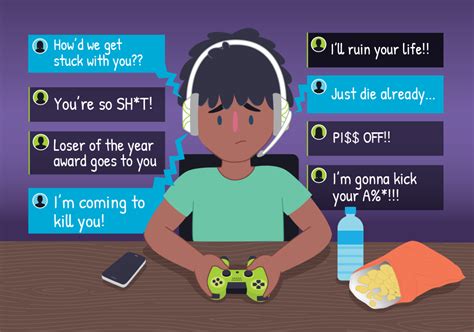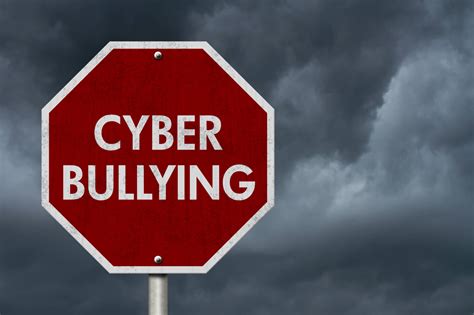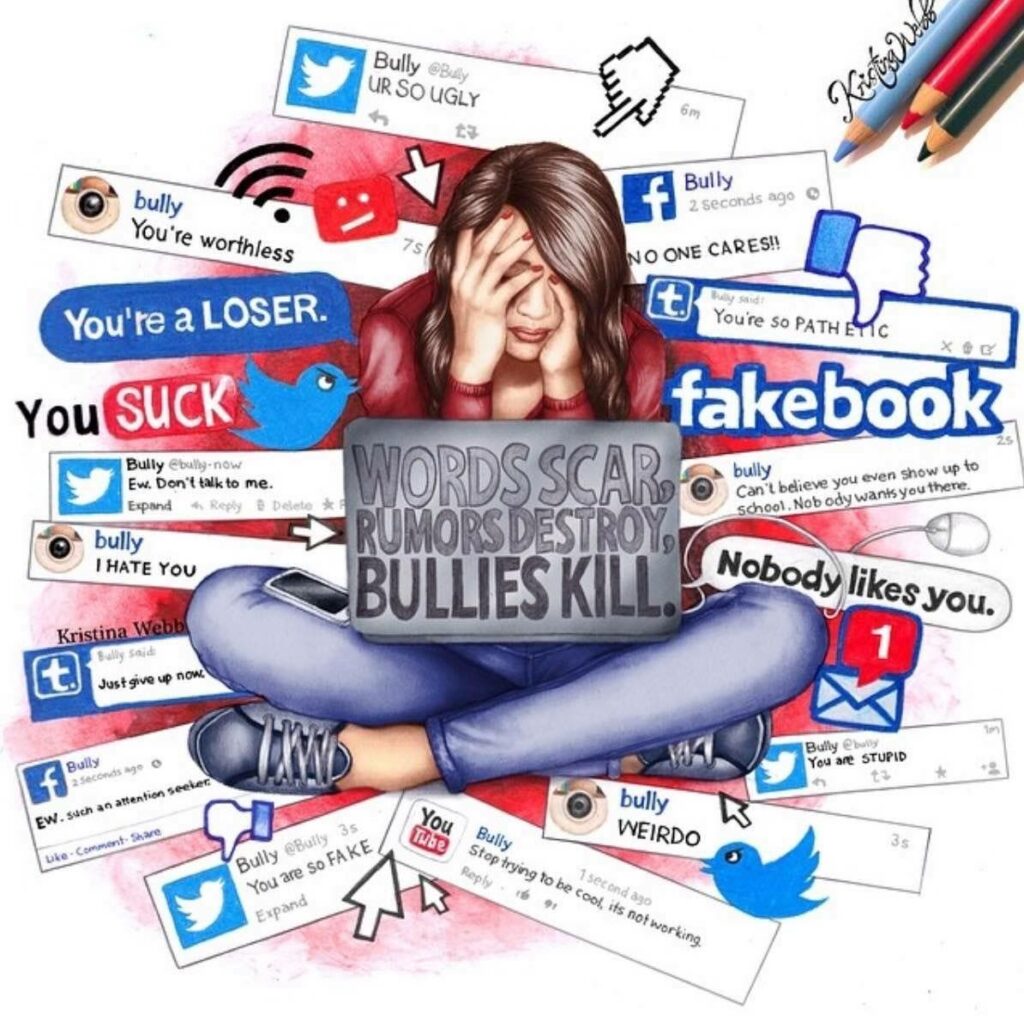The internet and social media platforms have transformed how we interact, connect, and exchange information. While this has provided various benefits, it has also given rise to a negative side effect: cyberbullying. Cyberbullying is the use of technology to harass, threaten, or humiliate others, such as social media, online forums, and messaging apps.

Cyberbullying has become a widespread problem that affects individuals of all ages, genders, and origins. According to statistics, one in every three people has encountered cyberbullying at some time in their lives. Bullies may unleash their nastiness without fear of immediate repercussions because to the internet’s anonymity. As a result, several types of cyberbullying have emerged, such as online harassment, spreading rumours or false information, publishing harsh remarks, sharing humiliating images or videos, and establishing phony profiles to mimic or disgrace people.
The psychological consequences of cyberbullying can be severe and long-lasting. Victims often experience feelings of fear, anxiety, depression, and low self-esteem. The constant barrage of negative messages and the public nature of online harassment can lead to a sense of isolation and social exclusion. Cyberbullying can infiltrate a victim’s personal life, making it difficult to escape the torment. The 24/7 nature of online platforms means that victims are subjected to relentless attacks, even in the comfort of their own homes. Furthermore, the widespread nature of cyberbullying can result in a victim’s reputation being tarnished, affecting their relationships, education, and future prospects.
The swift growth of technology has both enabled and increased cyberbullying. Bullies can now reach their victims at any time and from any location due to the widespread use of smartphones and the availability of internet access. Social media platforms, while intended for connection and conversation, have accidentally become fertile grounds for cyberbullying. The anonymity given by online contacts frequently leads to a lack of accountability, making it simpler for individuals to engage in hostile behaviour. Furthermore, the viral nature of information on the internet can exponentially increase the scope and impact of cyberbullying occurrences in a matter of minutes, leaving victims defenceless against the attack.

Addressing cyberbullying requires a comprehensive and multi-faceted approach involving various stakeholders, including individuals, schools, families, and technology companies. Education plays a crucial role in prevention, as both children and adults need to be informed about the potential risks and consequences of cyberbullying. Schools should implement anti-bullying programs that encompass online harassment and provide safe spaces for victims to report incidents. Parents and guardians must maintain open lines of communication with their children and educate them about responsible online behaviour.
Companies in the technology sector are also responsible for creating safer online environments. It is critical to develop powerful moderation methods and algorithms to detect and delete offensive content. Implementing reporting systems that make it simple for users to report cyberbullying events is another critical step toward avoiding and responding to such behaviour. Collaboration between technology companies, governments, and law enforcement agencies is essential for keeping cyberbullying legislation up to date and properly enforced.
To address cyberbullying effectively, technology companies must prioritise user safety. Implementing stronger moderation systems and algorithms can help detect and remove offensive content swiftly. User reporting mechanisms should be easily accessible, enabling victims and witnesses to report incidents promptly. Platforms should actively collaborate with organisations and experts to develop guidelines and policies that discourage cyberbullying and promote positive online behaviour.
Cyberbullying is a serious societal problem that requires quick response. Its frequency, combined with the devastating psychological effects on victims, necessitated concerted effort from people, communities, and governments to effectively tackle this problem. Cyberbullying awareness initiatives should be included into school curricula, informing kids about the consequences of their online activities and promoting empathy and kindness. Students should be encouraged to report events and seek assistance from responsible adults. Parents and guardians must actively participate in their children’s internet activity, opening channels of communication and creating a safe and supportive home atmosphere.
Law enforcement agencies should work closely with technology companies to ensure that cyberbullying laws are enforced. Providing support and resources to victims is crucial. Counselling services, helplines, and online support groups should be available to those affected by cyberbullying, offering them a safe space to share their experiences and receive guidance.

Cyberbullying seriously jeopardises people’s mental health as well as society cohesion as a whole. Due to the ubiquitous use of technology, this problem requires a comprehensive strategy that involves many people. We can work to create a safer and more inclusive online environment by establishing an environment of empathy, encouraging education and awareness, and putting in place efficient preventative and intervention techniques. It is our common duty to safeguard people from cyberbullying’s negative impacts and to make sure that the internet develops into a space for empowerment and uplifting connections rather than a haven for cruelty and harm.
Sources
- https://www.unicef.org/end-violence/how-to-stop-cyberbullying
- https://www.witpress.com/elibrary/wit-transactions-on-information-and-communication-technologies/36/16302
- https://www.uktech.news/other_news/how-big-tech-can-help-stop-cyberbullying
- https://tacklebullying.ie/cyber-bullying-the-dark-side-of-technology-parents-beware/
- https://www.researchgate.net/publication/263286048_Technology-enabled_bullying_and_adolescent_resistance_to_report_The_need_to_examine_causal_factors
- https://ijcrt.org/papers/IJCRT2202339.pdf




